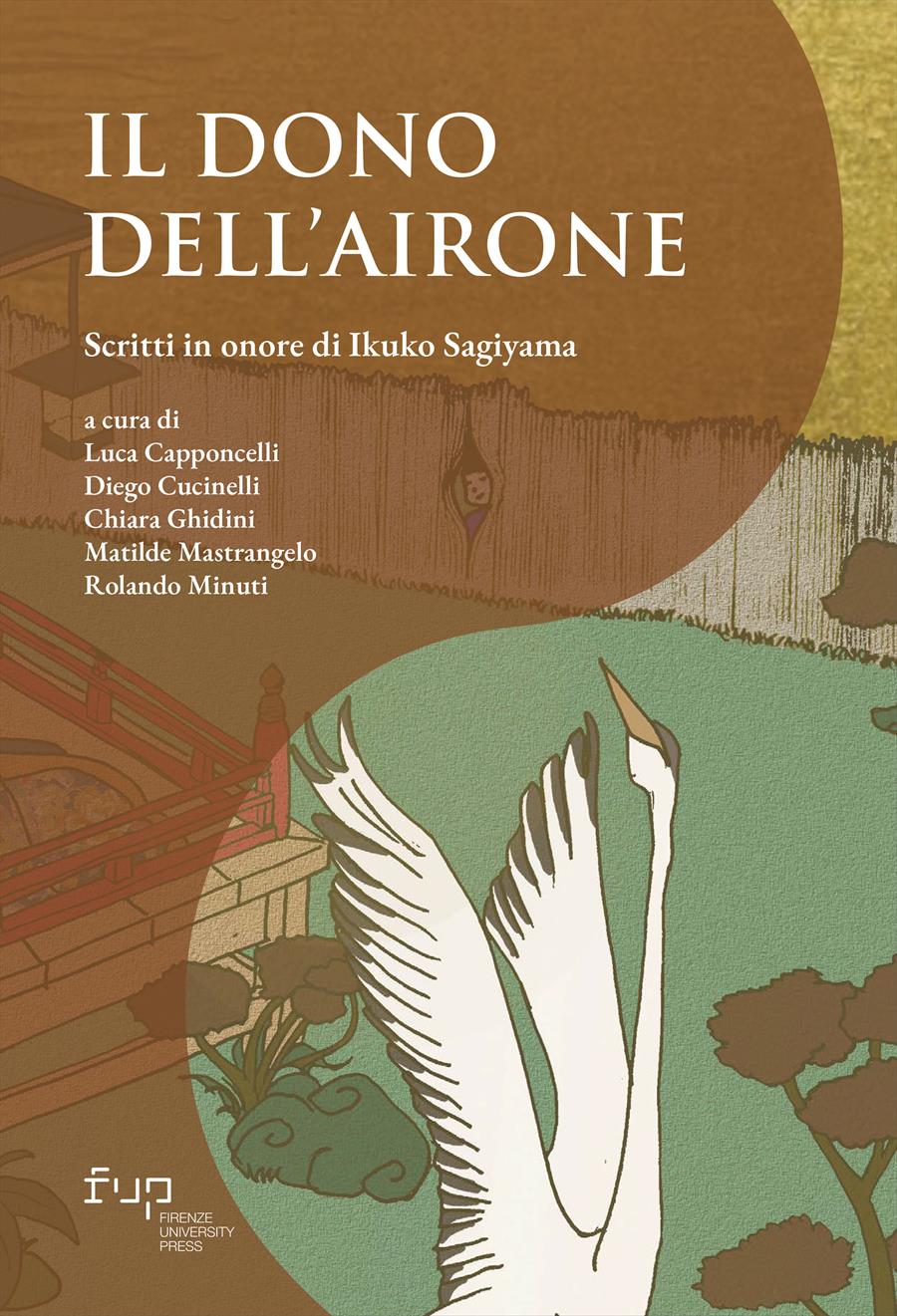- Il dono dell’airone
- Edited by Luca Capponcelli, Diego Cucinelli, Chiara Ghidini, Matilde Mastrangelo, Rolando Minuti
Fra Mediterraneo e Giappone. Suggestioni nipponiche nel Parco Filothei di Dimitri Pikionis, Atene, 1961-1964
- Andrea Innocenzo Volpe
- © 2024 Author(s) |
- CC BY 4.0
- DOI: 10.36253/979-12-215-0422-4.35
In the later stages of his career, Dimitris Pikionis embraced a new commission, that of crafting a children's park. This endeavour provided him with an opportunity to revisit and expand upon the thematic elements he had skilfully employed in his design for the Acropolis. The Filothei park emerged as an embodiment of an analogous Arcadia, a realm where the interplay between nature and architecture remained intricately intertwined. Pikionis’s design sought to recapture a sense of unity that had been gradually eroded by the distractions of modernity. By integrating his signature Doric archaisms, he achieved a striking manifestation of the primaeval hut – a symbolically powerful element that transcends time and evokes the essence of human habitation in its most primitive form. Pikionis’s notion of an imagined Japan, depicted through a Mediterranean lens, further expanded the park's significance.
- Keywords:
- Classical Architecture,
- Japanese Architecture,
- Vernacular Architecture,
- Traditional Architecture,
- Pikionis,
University of Florence, Italy - ORCID: 0000-0003-2753-0274
- Centanni, Monica. 2001. “‘Pictor classicus sum’: il ritorno e l’enigma La prima testimonianza del termine ‘metafisica’ nell‘incontro a Parigi tra Giorgio De Chirico e Dimitri Pikionis.” La rivista di Engramma 5: 8-124.
- Ferlenga, Alberto. 1999. Dimitri Pikionis 1887-1968. Milano: Electa
- Ferlenga, Alberto 1996. “Recinti della Visione.” Casabella, 638: 52-69.
- Kazantzakis, Nikos. 2020. Odissea. Traduzione Nicola Crocetti. Milano: Crocetti Editore
- Kazantzakis, Nikos. 2023. Viaggi in Giappone e Cina. Traduzione Gilda Tentorio. Milano: Crocetti Editore [prima edizione in inglese: Kazantzakis, Nikos. 1963. Japan, China. Translated by
- G. C. Pappageotes. New York: Simon & Schuster.
- Magouliotis, Nikos. 2017. “Self-doubting intellectuals and primitive alter-egos The life and times of Zorba and Rodakis in the island of Aegina, Greece.” Cartha, The Text Issue I, 06 https://www.carthamagazine.com/issue/2-1/ (30/07/2023).
- Quetglas Aragay, Ronda e Pikióni Agni. 2017. Katálogos Biblíon Tou D. Pikióni – Bibliothíkes Oikías Pikióni. Atene: Ioúnios.
- Poulakidas, Andreas K. 1991. “Kazantzakis’s The Rock Garden: Japan China Revisited», Symposium: A Quarterly Journal in Modern Literatures 45:3, 183-96. DOI: 10.1080/00397709.1991.10733746
- Pikióni, Agni. 1994. Dimitris Pikionis, Atene: Bastas-Plessas Publications, vol. 1, 65.
- Vogel Chevroulet, Irène. 2020. “The paths of gods and architects From Japan to the Acropolis: the landscapes of Dimitris Pikionis.” JoLA Journal of Landscape Architecture 15 (1), 32-53, DOI: 10.1080/18626033.2020.1792653
Chapter Information
Chapter Title
Fra Mediterraneo e Giappone. Suggestioni nipponiche nel Parco Filothei di Dimitri Pikionis, Atene, 1961-1964
Authors
Andrea Innocenzo Volpe
Language
Italian
DOI
10.36253/979-12-215-0422-4.35
Peer Reviewed
Publication Year
2024
Copyright Information
© 2024 Author(s)
Content License
Metadata License
Bibliographic Information
Book Title
Il dono dell’airone
Book Subtitle
Scritti in onore di Ikuko Sagiyama
Editors
Luca Capponcelli, Diego Cucinelli, Chiara Ghidini, Matilde Mastrangelo, Rolando Minuti
Peer Reviewed
Number of Pages
390
Publication Year
2024
Copyright Information
© 2024 Author(s)
Content License
Metadata License
Publisher Name
Firenze University Press
DOI
10.36253/979-12-215-0422-4
ISBN Print
979-12-215-0421-7
eISBN (pdf)
979-12-215-0422-4
Series Title
Connessioni. Studies in Transcultural History
Series ISSN
2975-0393
Series E-ISSN
2975-0261
